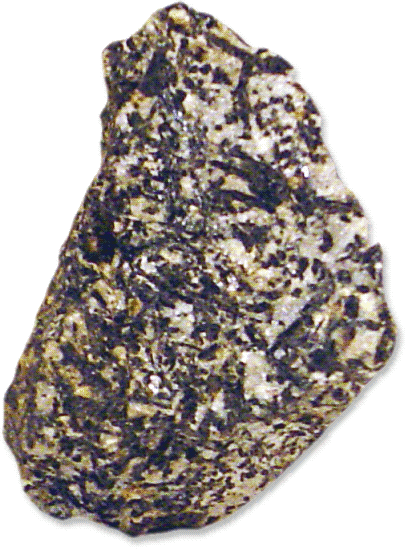Structure
Structure
Cycle
Which layer of the Earth is composed primarily of solid iron and nickel?
Inner Core (will accept Outer core)
What kind of rock is formed when rock is broken down and pressed together?
Sedimentary Rock
These plates are massive, rigid slabs of rock that rom the Earth's continents. They are thicker and less dense type of tectonic plate.
Continental Plate
The layer of the Earth that behaves like a solid, but flows over long periods of time due to high temperatures and pressures is called:
When stirred together, which two substances form a solution?
Sugar and water
When plates move towards each other, they are called:
Convergent Plates
Which layer of Earth is the thinnest?
Crust
Which two processes are responsible for sedimentary rock changing into igneous rock?
Melting and Cooling
When plates move away from each other, they are called:
Divergent Plates
What is the primary element found in the Earth's inner core?
Iron
Which event occurs in the formation of sedimentary rock?
Weathering & Erosion
When tectonic plates collide, or come together, this is called:
Convergent Boundaries
Which layer generates the Earth's magnetic field?
Outer Core
Rock Classification Key
1. Can you see separate mineral crystals in the rock that are tightly connected?
a. if yes............................................................... go to 2
b. if no................................................................ go to 7
2. Is the rock made up of the same kind of mineral (all one color)?
a. if yes............................................................... go to 3
b. if no................................................................ go to 4
3. If the rock has crystals of the same mineral, it is probably a metamorphic rock.
4. Are the minerals in a banded or striped pattern?
a. if yes............................................................... go to 5
b. if no................................................................ go to 6
5. A rock that has a banded pattern is probably a metamorphic rock.
6. A rock with minerals in a mixed pattern is probably an igneous rock.
7. Is the rock black?
a. if yes............................................................... go to 8
b. if no................................................................ go to 9
8. A black rock is probably coal, a sedimentary rock.
9. Is the rock made up of flat plates or sheets?
a. if yes............................................................. go to 10
b. if no.............................................................. go to 11
10. A rock that splits easily into sheets is probably a metamorphic rock.
11. Does the rock have particles in it like dried sand, mud, or gravel?
a. if yes............................................................. go to 12
b. if no.............................................................. go to 13
12. A rock that is made of sediment (sand, clay, etc,) is a sedimentary rock.
is a sedimentary rock.
13. You have a hard rock to identify – try again, but study the rock more carefully before answering each question.
According to the dichotomous key, this rock would most likely be classified as ______.

Igneous
Transform boundaries occur when two plates slide past each other. They can cause earthquakes, as the plates grind against each other. An example of a transform boundary is:
San Andreas Fault